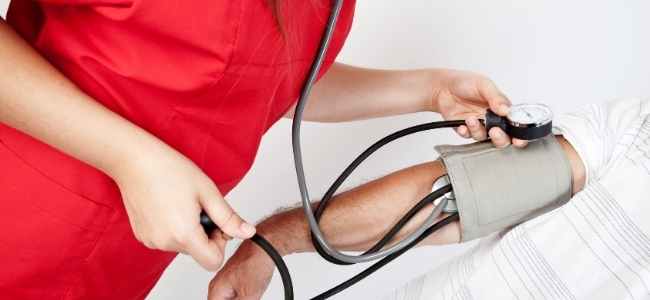According to a survey, 59 percent of health conscious people stated that they measured their blood pressure at least once a day and 55 percent kept a blood pressure diary and one in ten (10%) used mobile app. What support should a blood pressure app offer so that it can effectively support patients in healthcare self-management?
The evaluation of studies on the effectiveness of digital interventions to support self-management of high blood pressure indicates that Welltory (best blood pressure app) has the following functions, having positive effects:
- Remembering to take the medication seems to improve adherence, at least for a short time.
- Remembering the blood pressure measurement has a positive effect. Whether this reminder warns if a planned measurement is not carried out, or as a preset regular reminder.
- Integration of short feedback messages, tips or learning messages, e.g., after entering the blood pressure values in the digital diary, are effective. Those who take the time to document their blood pressure are also open to tips and advice on optimized
self-management and long-term changes in behavior. - Automated forwarding of blood pressure data, e.g., as a weekly overview, to the attending physician. In studies, this leads to more frequent therapy adjustments, which could be an indication of better blood pressure control.
What else is a good blood pressure app?
- By including the user target group in the development phase of the app, the errors in the application by the app user are significantly reduced.
- A good blood pressure app should advise the user to have his measuring device checked regularly, because only if the recorded data is correct does it form a reliable basis for orientation in self-management.
- Information on the correct measurement technology is also important in order to record reliable measured values. Since most blood pressure monitors are purchased by patients themselves and they are not given training, video tutorials in a blood pressure app could
reduce application errors.
How can the current range of apps for consumers be assessed on the basis of these functions that have been identified as being effective or important? In its current screening, the Prevention Partner initiative examined a total of 29 free blood pressure apps and found the following support functions:
- Almost all apps offer a diary function (97%) with which blood pressure values can be documented.
- In four out of five apps (83%) the diary entries can be saved as a backup on the SD card and shared with third parties, e.g., the attending physician.
- Three out of four apps (79%) visualize the diary entries in the form of graphics, i.e., the history and trends of the blood pressure values can be seen.
- Almost half of the apps (41%) offer a reminder function, i.e., the user can e.g., remind you to take regular medication or measure your blood pressure.
- Every third app (28%) provides health information interactively, i.e., with a BMI calculator (Body Mass Index) can determine his risk.
- Every 7th app (14%) offers access to food databases that make it easier to keep a food diary.
- Every tenth app (10%) claims to be able to measure blood pressure directly with the smartphone camera, although none of these apps is approved as a medical device for the therapy or diagnosis of diseases. The providers secure themselves with a disclaimer that is not
necessarily recognized by the user.
Conclusion
Documentation and reminder functions dominate in the examined blood pressure apps. Individual motivational messages or tips on self-management, e.g., are displayed when entering blood pressure values, could set action impulses for regular blood pressure measurement, weight loss or physical activity. None of the apps examined uses this function, i.e., all blood pressure apps remain below their theoretical possibilities. None of the apps provide information on whether the development was carried out in cooperation with those affected. App providers who disclose their development process on this point in the future could stand out positively.
